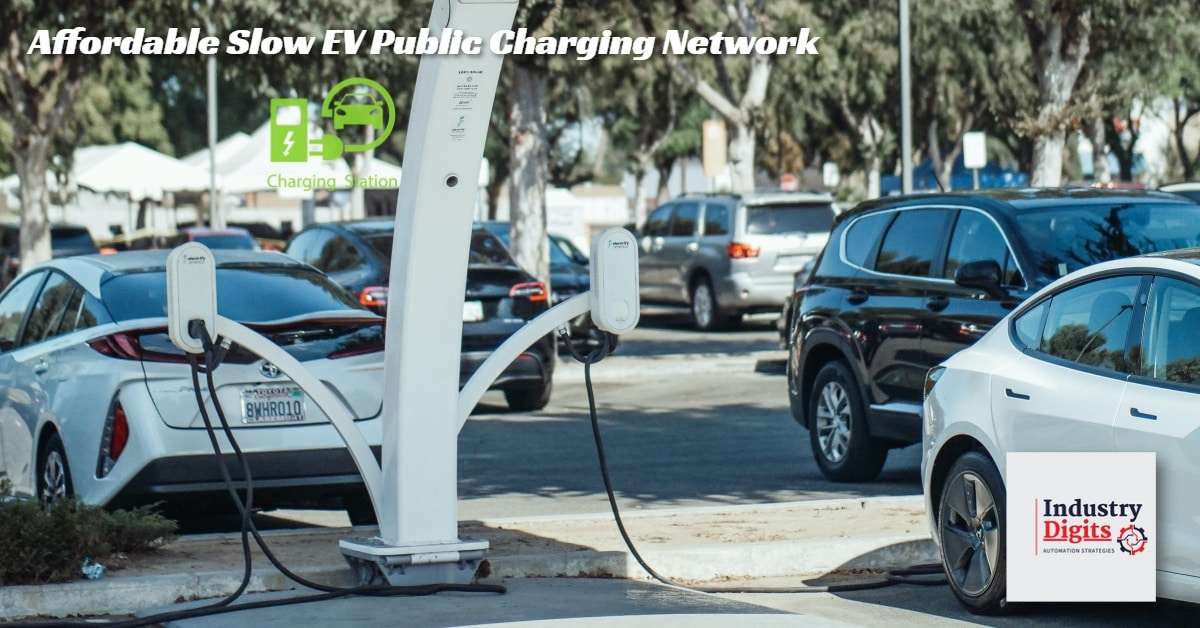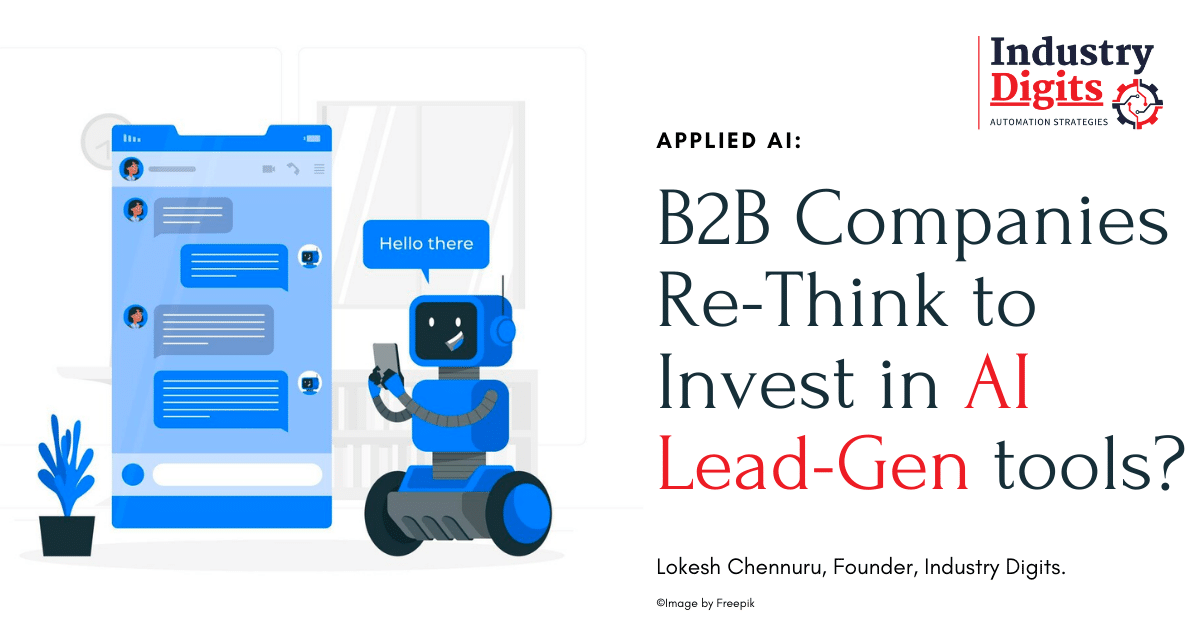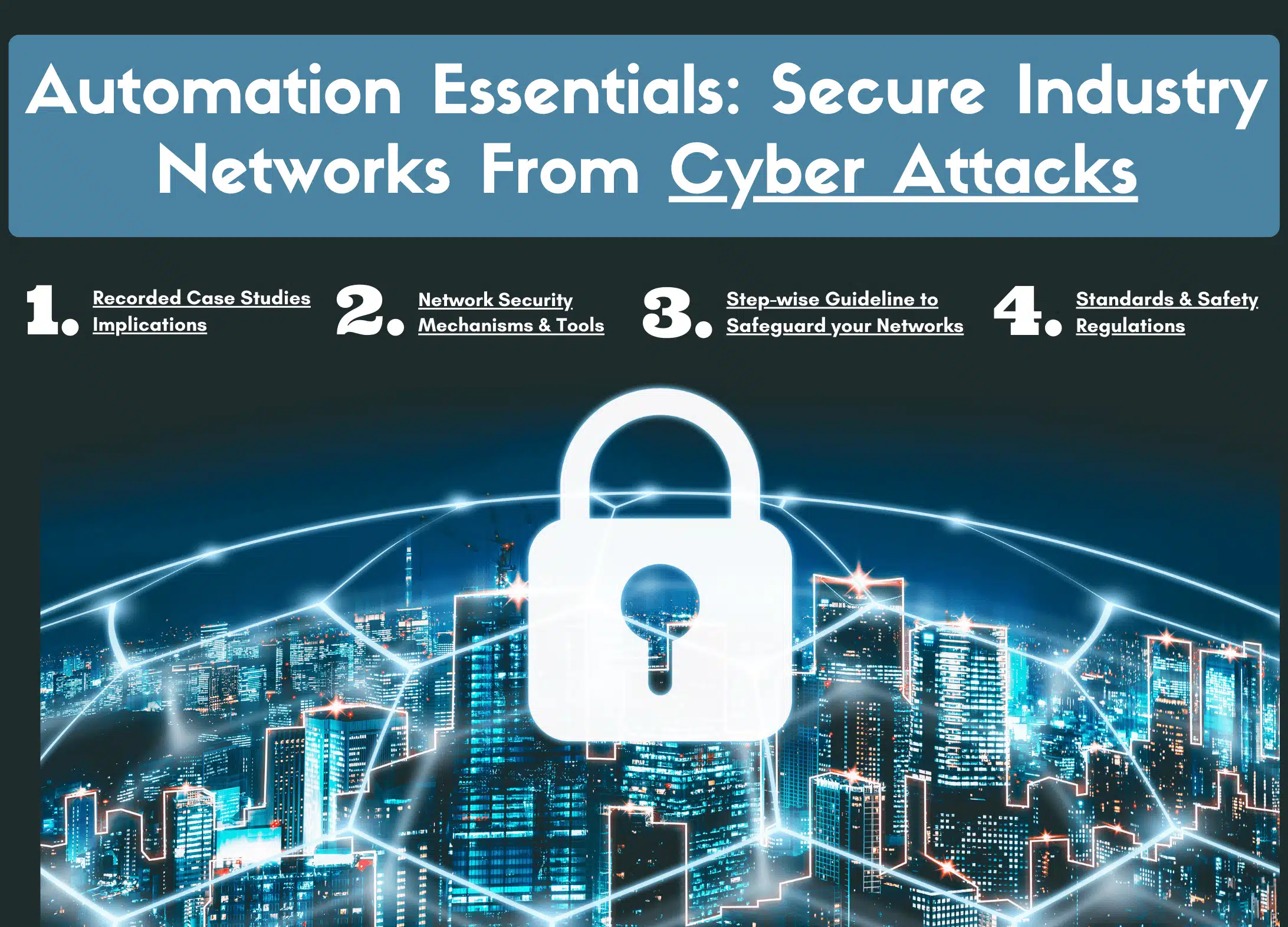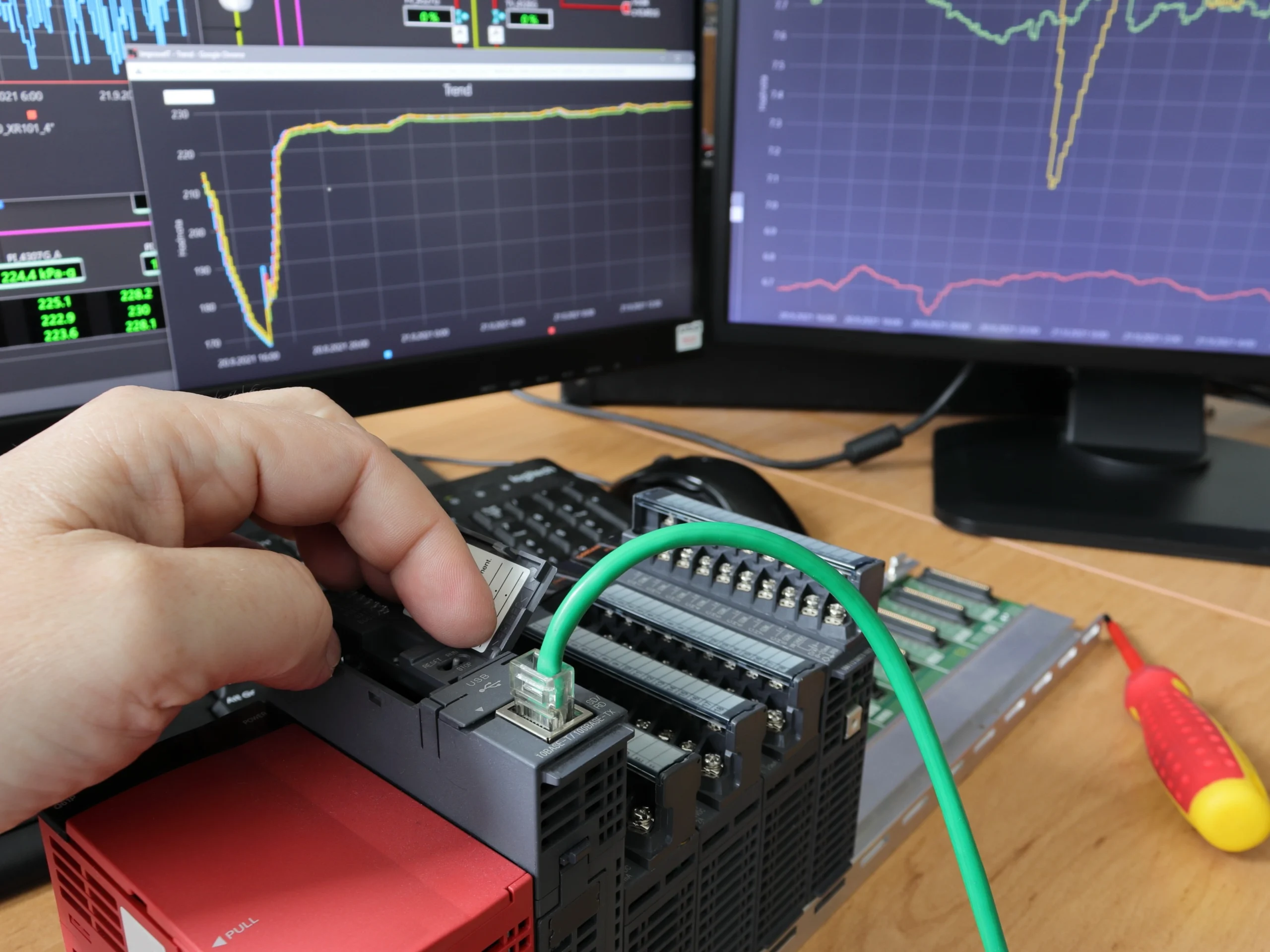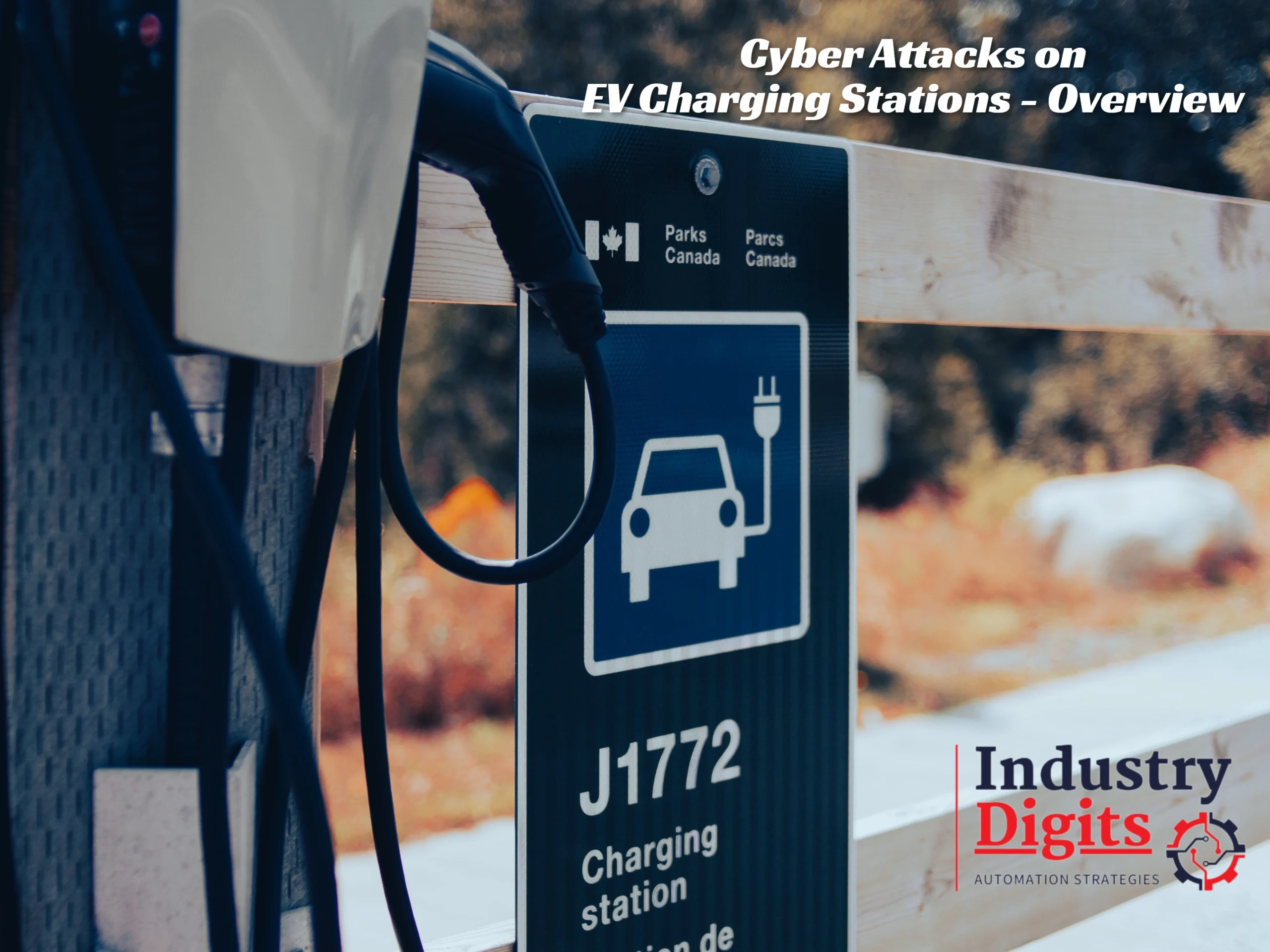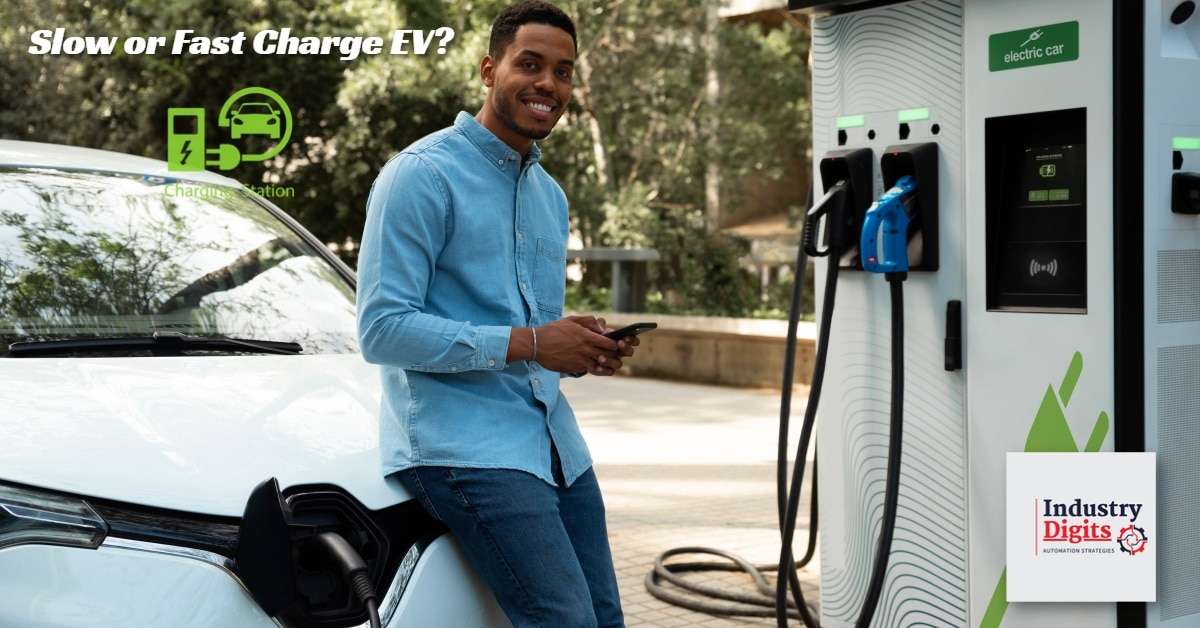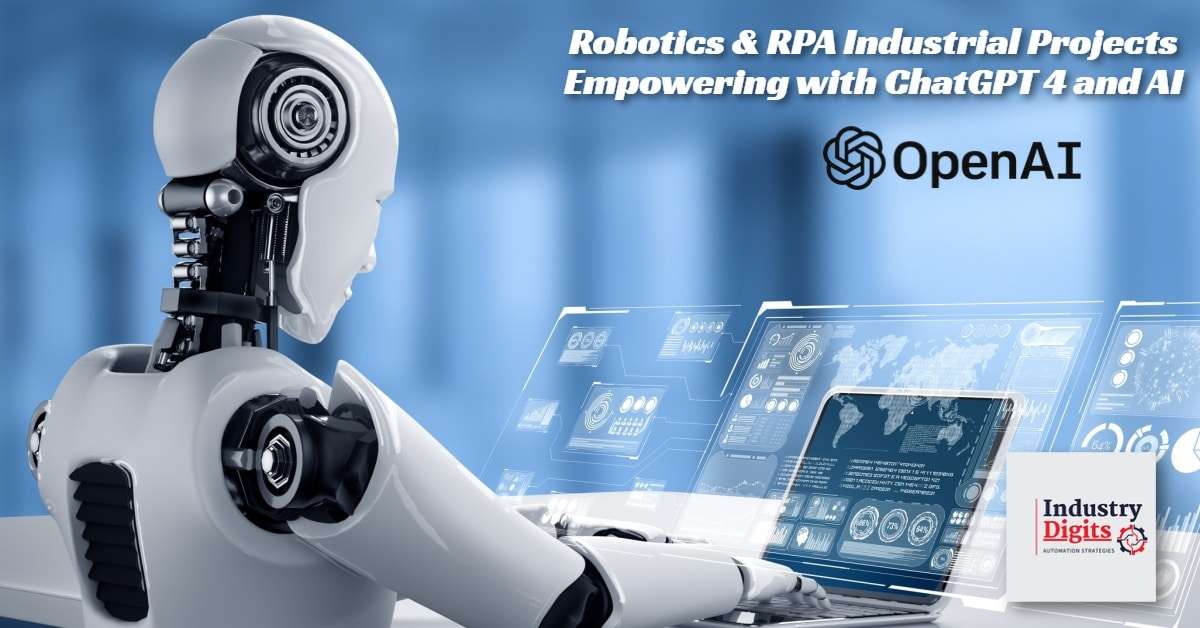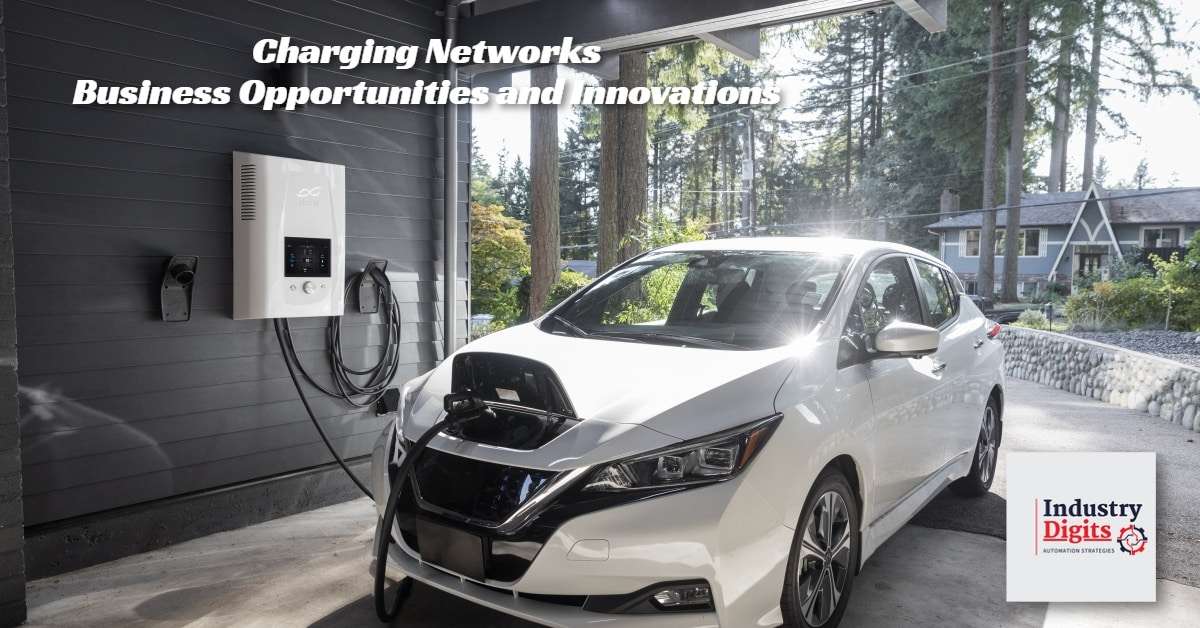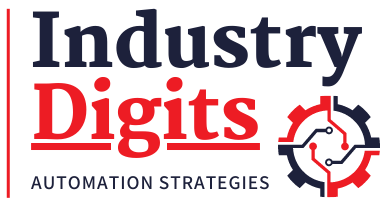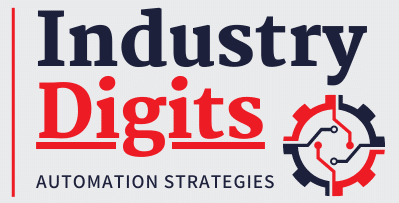In 2020, the global electric vehicle (EV) market was valued at USD 246.70 billion and was estimated to grow rapidly at a CAGR of 24.3%, reaching an impressive USD 1,318.22 billion by 2028. Despite Covid slowing down the economy, the Electrical Vehicle (EV) market is rapidly growing. For example, in India, the government aims to have an all-electric fleet by 2030 with an estimated savings of up to $60 billion in diesel and petrol costs annually! However, despite the rapid trend of EV adoption globally, there are still several challenges that need to be addressed, including the need for an EVSE charging infrastructure.
The importance of EV adoption for a sustainable future and to impede climate-related disasters cannot be stressed more. But the absence of affordable, accessible, and reliable EV charging infrastructure in many countries is pegging back the mass adoption of electric vehicles.
In this article, we will explore the Need for Affordable-Slow charge networks with benefits such as Accessibility, Cost-effectiveness, better Battery health and resale value, and simpler Grid management systems. We will also see the Opportunities available for private players and the challenges of building a robust EVSE network.
The cost of Slow, Level-2 Charging EVSEs can be 15 times lesser than DC fast-charging EVSEs!
Need for Affordable Slow Chargers in Building a Comprehensive EV Network
For widespread adoption of electric vehicles (EVs), the public must have access to a secure, reliable charging infrastructure that is cost-effective compared to a petrol or diesel gas station. Therefore, the availability and accessibility of cost-effective charging infrastructure solutions – like the slow EV chargers are required, especially in the Urban, Semi-urban, Remote, and Rural localities where most of the population resides.
Contrary to the belief that Fast charging should be the go-to mode for Governments to invest in, Affordable-Slow EV Charging stations are providing to be critical and a practical solution for most developing and under-privileged countries due to the following reasons:
Disadvantages with Fast-charging EVSEs:
While fast-charging electric vehicle (EV) stations offer the convenience of quick charging times, there are several disadvantages associated with this mode of charging. Here are a few:
- Reduced Battery Life & Depreciation: Research has proved that fast charging of Li-ion batteries can cause irreparable damage to an EV battery’s life and storage capacity. In fact, the annual degradation rate due to rapid charging may reach as high as 1.5%.
- Higher Cost: Fast charging infrastructure (equipment, operation, and cost per KWh) is more expensive to install and operate than slower charging infrastructure (Level 1 and Level 2). The following table summarizes the total home, workplace, and the public charging infrastructure needed and the associated costs for the 2.6 million new electric vehicles in the 100 most populous U.S. metropolitan areas over 2019–2025. According to the study, the cost of Level 2 Charging EVSEs can be 15 times lesser than DC fast-charging EVSEs!
- Power Quality Issues & Grid strain with Fast charging: Compared to overnight slow charging, researchers have documented that with Fast Charging, the electrical load is more pulsating because of shorter charging time and higher power demand, especially during peak hours. With the load demand centralized at EVSE connected to the MV distribution grid, especially for the population who lives in cities, this creates enormous stress on the power grid to cater needs of Fast chargers. This can lead to severe power quality issues such as Voltage fluctuation, Harmonic stability, and Harmonic emission. This impacts not only the Fast charging EVSE but to the other loads/sources connected to the grid.
- Technology Standardization: While a Level 1 or Level 2 charging infrastructure is relatively easier to set up, DC fast charging infrastructure should cater to the Power and Voltage requirements specific to each EV. Although governments have provided guidelines for FC infrastructure, a universal Fast Charging pattern must be developed, considering IP charging protocols of various EVs, differences in connector pins, and battery sizes, which is a challenge.

Affordable, Slow-charge infrastructure – Benefits for businesses and citizens:
- Accessibility: Since slow-charging infrastructures (EVSE Type-1 & Type-2 Charging stations) are less expensive to install and maintain, deploying charging stations in more locations is easier, including in rural and remote areas where small battery capacities of 2W and 3W (two and three wheel EVs) are abundant, and need not require fast charges. Since, in most villages, robust electrical networks are absent, Slow and affordable EV Charging is more accessible to a broader population, including those living in areas with limited access to transportation and those who cannot afford a home charging station.
- Cost-effectiveness: Slow charging is also more cost-effective than fast charging, thanks to the less complex grid interface and safety norms. Costs – both in terms of upfront installation and ongoing operational costs are significantly lesser, as they do not require significant upgrades to the power grid.
- Resale Value & EV Battery health: Studies have proven that slow charging is better for the long-term health of EV Li-ion batteries. Fast charging can add (thermal and ionic) stress to the battery, accelerating its degradation over time. However, slow charging is gentler and can help to prolong the battery lifespan. This will reduce the need for expensive battery replacements and improve the overall sustainability and the resale value of the EV.
- Grid management: Slow charging infrastructure can also help to manage the electrical grid more effectively. Fast charging stations can put a significant strain on the grid, particularly during peak usage periods, while slow charging stations can be more easily managed in terms of grid capacity and load balancing.
While Slow charging provides the above-said benefits, researchers globally are focussed on developing better and alternate forms of Charging such as – Battery Swapping (BSS), Panthogrph charging, Inductive Charging, and Solar charging. Though each have their specific applications, Conductive charging (Slow or Fast Electrical charging) through cables remains to be the popular choice amongst governments to build an EV charging network.
Constructing a Sustainable and Cost-Effective EV Charging Infrastructure: The Challenges Ahead
Transforming the current IC transport system to an EV network across a nation is a huge undertaking that requires innovative technology, clever solutions, and collaboration between public and private sector entities. Governments are presented with certain challenges in this transition:
- Optimal Location for Electric Vehicle Charging Stations: To ensure the greatest efficiency and convenience, it is essential to determine strategically located places for electric vehicle charging stations.
- Standard procedures for Grid Integration: For EVSE Charging stations to maintain the energy balance in the electric grid, standard and advanced procedures for Grid Integration have to be implemented.
- Software / Communication interface at Charging stations: As new concepts such as “smart grid” and “V2G” emerge, it has become necessary to have a suitable communication protocol for EV charging to enable certain features, including the identification of the vehicle and streamlining the billing process. Optimizing the charging cost by selecting the most cost-effective time and rates is also important.
- EIA (Environmental Impact Assessment) of Charging Station Infrastructure on the Environment: Although EVs focus on reducing the carbon footprint, developing EV charging infrastructure requires a significant amount of land and energy, which can cause environmental issues. A Chinese study found that the home charger had the lowest cumulative energy demand and global warming potential, while public AC and DC chargers had higher impacts, and the public mix chargers (which integrate both AC and DC charging) had the highest impact.
- Technology and Infrastructure development: Building an EV charging network requires significant investment in R&D, infrastructure, skilled manpower for the operation and maintenance of charging stations, and grid maintenance. Complexity can be particularly challenging in rural areas due to the lack of reliable power supply and limited road connectivity.
- Standards and regulations: To ensure safety, interoperability, and reliability, it is necessary to establish consistent technical standards and regulations for EV charging infrastructure.
- Funds and Costing models: Building an EV charging network can be expensive, and the cost is a significant barrier to entry for many businesses and investors. Finding sustainable business models and financing options to support the development of EV charging infrastructure needs proven models from Startups and Private companies to apply to the EVSEs.
- Grid capacity and peak load management: The deployment of large EVs can significantly strain the electrical grid, particularly during peak charging periods.
Next Steps:
The development of an Affordable-Slow EV charging infrastructure offers multiple benefits and is an essential step toward a more sustainable future. However, it requires creative thinking and the participation of Foreign technologies, Private Players, and Universities to address the challenges. With the right strategies and incentives in place, this transition can be made a reality.
– Feed from Lokesh Chennuru for Industry Digits
If you are passionate about staying informed of the newest smart automation products and technologies, our website is the perfect place for you! We post regular news and reviews to keep you up-to-date, as well as a comprehensive range of resources for owners and decision-makers. From beginner tips all the way through advanced advice, we have it covered – plus product recommendations so that you can make an educated purchase decision.

